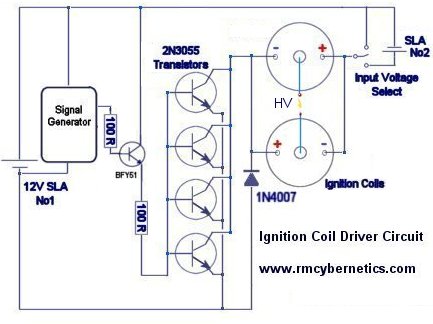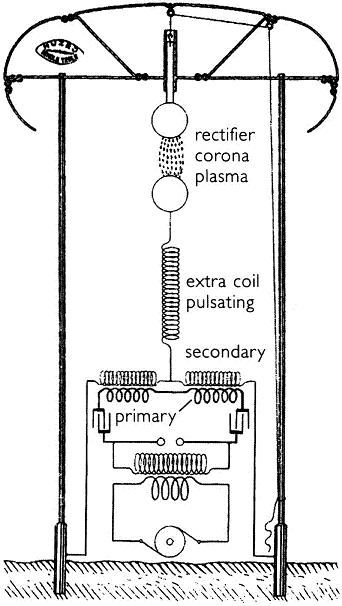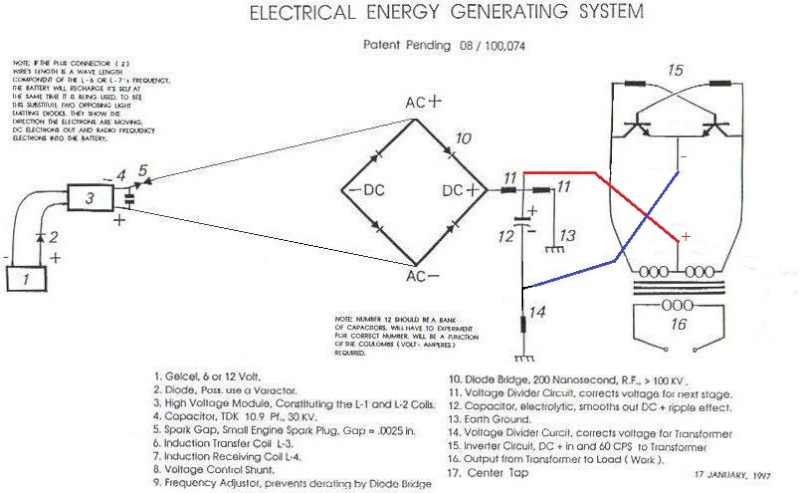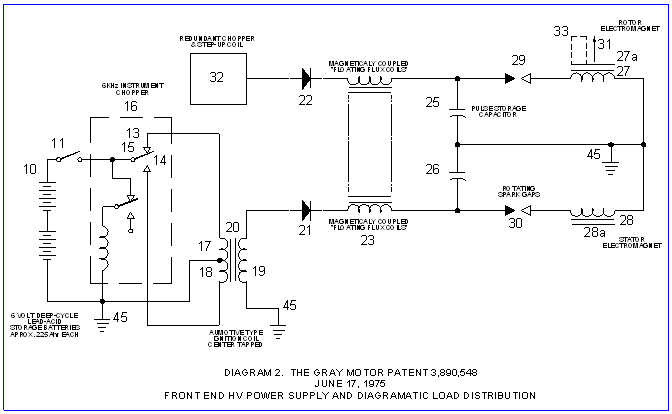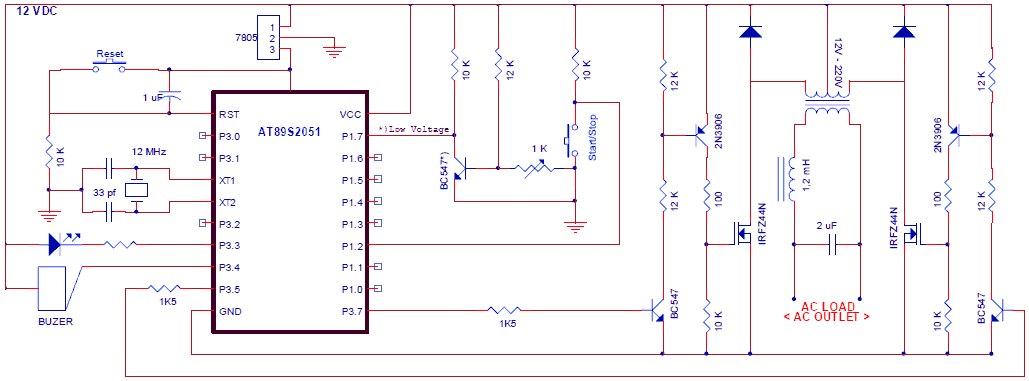
smith kanapadz replication 6

The user intends to purchase a transformer to operate with a 12V battery; however, the transformer in question differs from the one utilized by the user romerouk from Overunity.
The circuit design involves a transformer specifically engineered for low-voltage applications, such as those powered by a 12V battery. The transformer serves to step up the voltage to a higher level suitable for various applications, potentially including powering devices or charging batteries.
In this scenario, it is crucial to select a transformer with appropriate specifications, including turns ratio, power rating, and core material, to ensure compatibility with the 12V input. The turns ratio will determine the output voltage, while the power rating must be sufficient to handle the load without overheating. Core materials such as ferrite or laminated steel are typically chosen based on their efficiency in reducing losses and improving performance at the desired frequency range.
The circuit may also require additional components such as rectifiers, capacitors, and possibly voltage regulators, depending on the output requirements. Rectifiers will convert the AC output from the transformer into DC, while capacitors can smooth out any fluctuations in the voltage. Voltage regulators may be necessary to maintain a stable output voltage, ensuring that connected devices operate reliably.
Careful consideration should also be given to safety aspects, including fuses or circuit breakers, to protect against overcurrent conditions. Proper insulation and mounting techniques are essential to prevent short circuits and ensure safe operation.
Overall, the successful implementation of this transformer circuit will depend on meticulous component selection and circuit design to meet the specific requirements of the intended application.ok LOL i will buy transformer to run in a 12V battery but this one is not similar to what the user romerouk from overunity is using?.. 🔗 External reference
The circuit design involves a transformer specifically engineered for low-voltage applications, such as those powered by a 12V battery. The transformer serves to step up the voltage to a higher level suitable for various applications, potentially including powering devices or charging batteries.
In this scenario, it is crucial to select a transformer with appropriate specifications, including turns ratio, power rating, and core material, to ensure compatibility with the 12V input. The turns ratio will determine the output voltage, while the power rating must be sufficient to handle the load without overheating. Core materials such as ferrite or laminated steel are typically chosen based on their efficiency in reducing losses and improving performance at the desired frequency range.
The circuit may also require additional components such as rectifiers, capacitors, and possibly voltage regulators, depending on the output requirements. Rectifiers will convert the AC output from the transformer into DC, while capacitors can smooth out any fluctuations in the voltage. Voltage regulators may be necessary to maintain a stable output voltage, ensuring that connected devices operate reliably.
Careful consideration should also be given to safety aspects, including fuses or circuit breakers, to protect against overcurrent conditions. Proper insulation and mounting techniques are essential to prevent short circuits and ensure safe operation.
Overall, the successful implementation of this transformer circuit will depend on meticulous component selection and circuit design to meet the specific requirements of the intended application.ok LOL i will buy transformer to run in a 12V battery but this one is not similar to what the user romerouk from overunity is using?.. 🔗 External reference
Warning: include(partials/cookie-banner.php): Failed to open stream: Permission denied in /var/www/html/nextgr/view-circuit.php on line 713
Warning: include(): Failed opening 'partials/cookie-banner.php' for inclusion (include_path='.:/usr/share/php') in /var/www/html/nextgr/view-circuit.php on line 713

